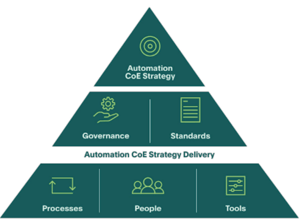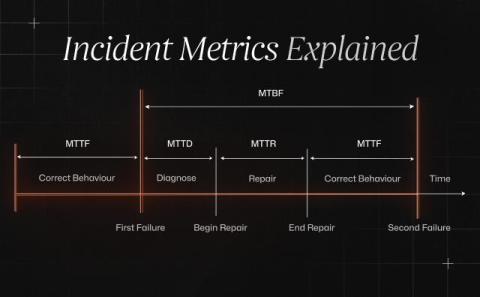Why Your Team Needs an Automation Center of Excellence
Read the full ebook, The Value of Implementing an Automation Center of Excellence, here. Automation has been a proven change-maker for business operations for decades. In this era of technology and innovation, its use is geared towards streamlining repetitive tasks, boosting developer productivity, and reducing operational costs.











